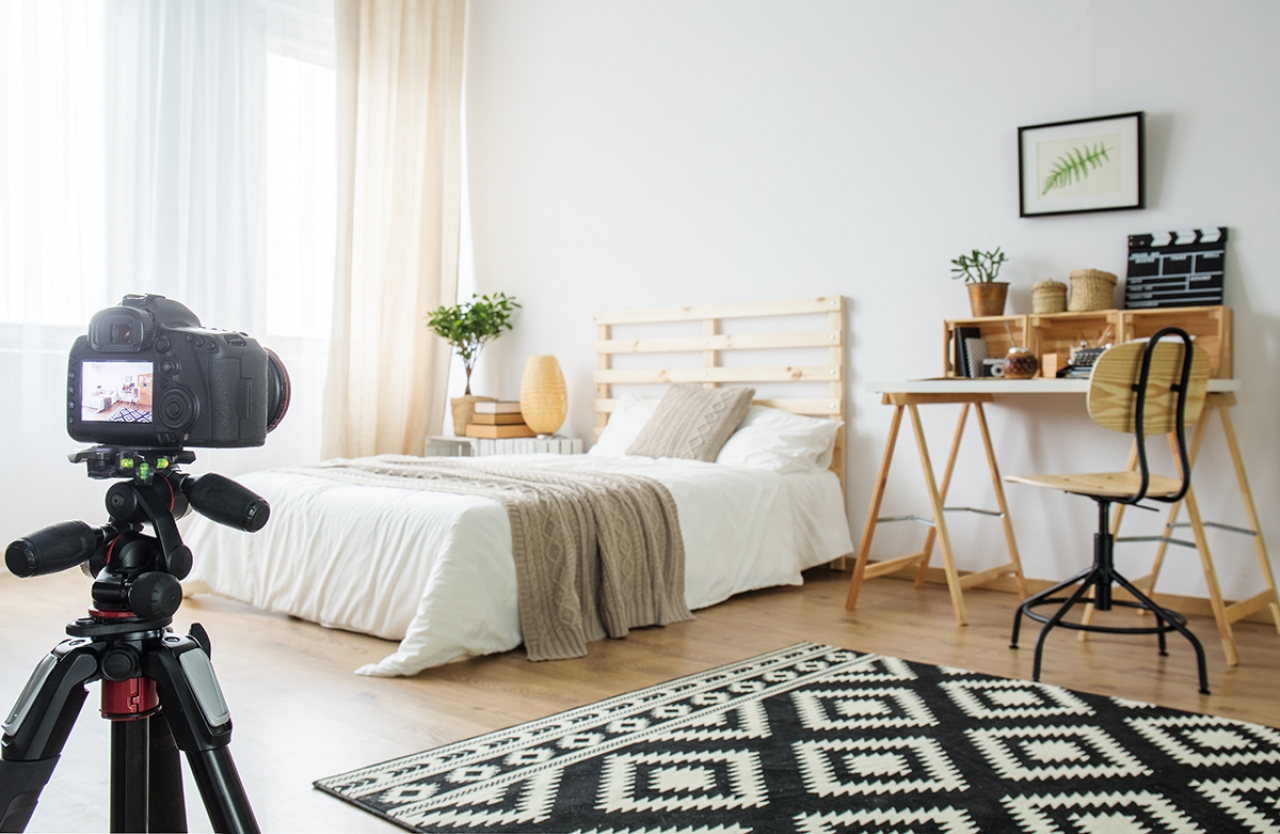Being a property photographer requires a blend of technical skills, preparation, and an eye for detail. Your role is crucial in showcasing properties in the best light, attracting potential buyers, and making a lasting impression. Here’s a comprehensive guide to ensure your property photography sessions go smoothly, from preparation to equipment and the editing process.
Before the Appointment: Be Punctual and Prepared
Equipment: Ensure your camera gear is ready. Charge batteries, bring spare SD cards, carry at least two lenses (wide-angle and prime), a flashgun, tripod, and any additional equipment required for specific requests (e.g., video, 360 shots, aerial photos).
Communication: Prior to the appointment, inform clients of any preparations they need to make to ensure the property is photo-ready

At the Property: Mastering the Art of Composition
Room Exploration: Visit every room to plan your shots. Determine the angles that best showcase each space and capture its essence.
Get Close: Don’t just focus on wide shots. Capture close-ups of key features and details that highlight the property’s uniqueness.
Space Perception: Position yourself in corners to make rooms appear more spacious. Use a tripod to ensure steady shots.
Door Dilemma: Decide whether doors should be open or closed. Open doors can create a more inviting atmosphere, but consider hiding anything that might be best kept private.
Lighting: Always remember to turn on the lights before shooting. Well-lit rooms look more appealing and inviting.
Attention to Detail: Remove any distracting items like towels, shoes, personal items, and declutter the space. A clean and tidy presentation makes for more attractive photos.
What’s in Your Bag: Essential Equipment
Editing and Final Touches:
By following this quick guide, you’ll not only capture stunning property photos but also provide a valuable service to your clients, leaving a lasting positive impact in the competitive world of real est